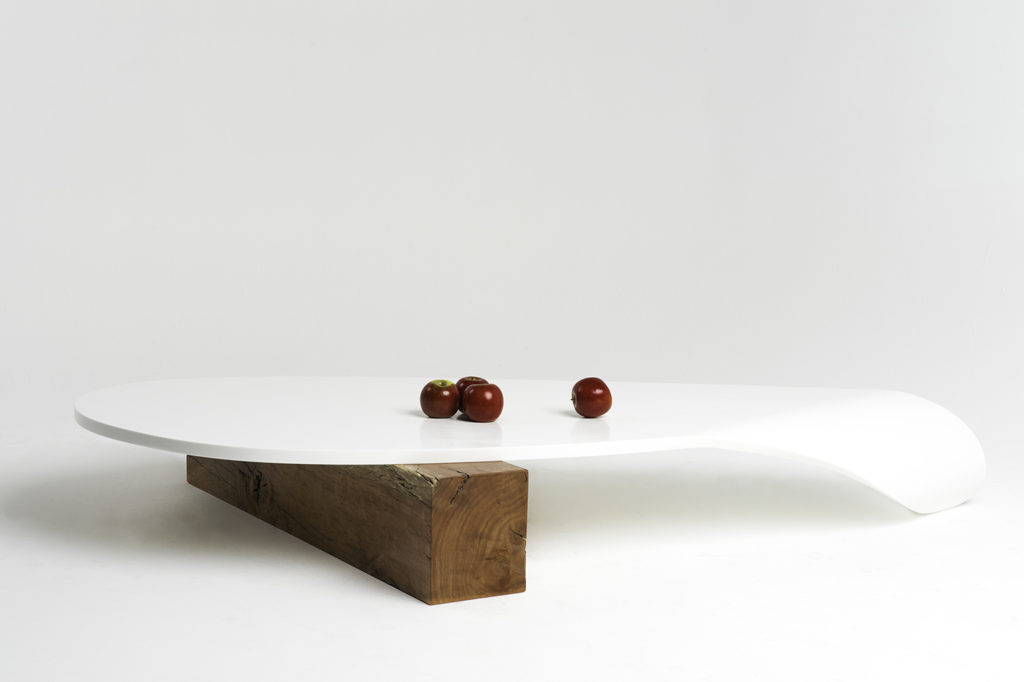Earlier this year, we had the pleasure of attending Malaysia’s Export Furniture Exhibition (EFE) – a platform for designers, manufactures and buyers to come together to discuss a multitude of business opportunities. While viewing the talented exhibitors, we also had the pleasure of running into Kitely Kianoosh Design – a Perth based design studio exuding simplicity, attention to detail and innovative concepts.
Words: Catherine Falalis
“Starting the design studio was inevitable really,” says founding partner, Peter Kitely. Peter and Kianoosh Kavoosi had been collaborating on projects for several years, and through this work developed an understanding and work method that was totally fluid. Given this history it was an easy step to formalise the working partnership to create Kitely Kianoosh Design Studio.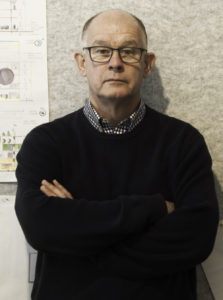
“The designs now are a true and total collaboration, both contributing to a design at each or any stage of the development. Right from the start there is an understanding; a common belief and core set of principles that form the basis of a design investigation,” they explain.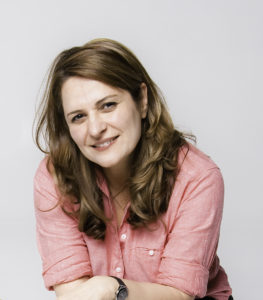
Passion certainly comes in the form of design for Kianoosh, as she explains the integral elements that make an innovative design.
“Designs that are honest and simple yet have interesting and beautiful detailing,” she says. “Designs that function well and have a quiet yet strong character. Honesty in function and purpose and the honest and appropriate use of materials.”
“The focus in our designs is that of, simplicity of form, design detail and longevity of product life. On another level, we like designs to tell a story or originate from an abstract source, a response to a place, event or time. We find this approach to design interesting and challenging. It keeps the dialogue fresh.”
In working collaboratively, these designs constantly evolve before ending in a design solution.
So where do the pair source their inspiration? As Kianoosh always says, “Ideas come from anywhere and nowhere!”
“The investigation, the ‘play’ at the start of the process may be based on a theme or idea, or notion or material. It’s often abstract in nature and unrelated at that point to a design or product. Just an idea we find interesting, an idea to explore and investigate,” elaborates Peter.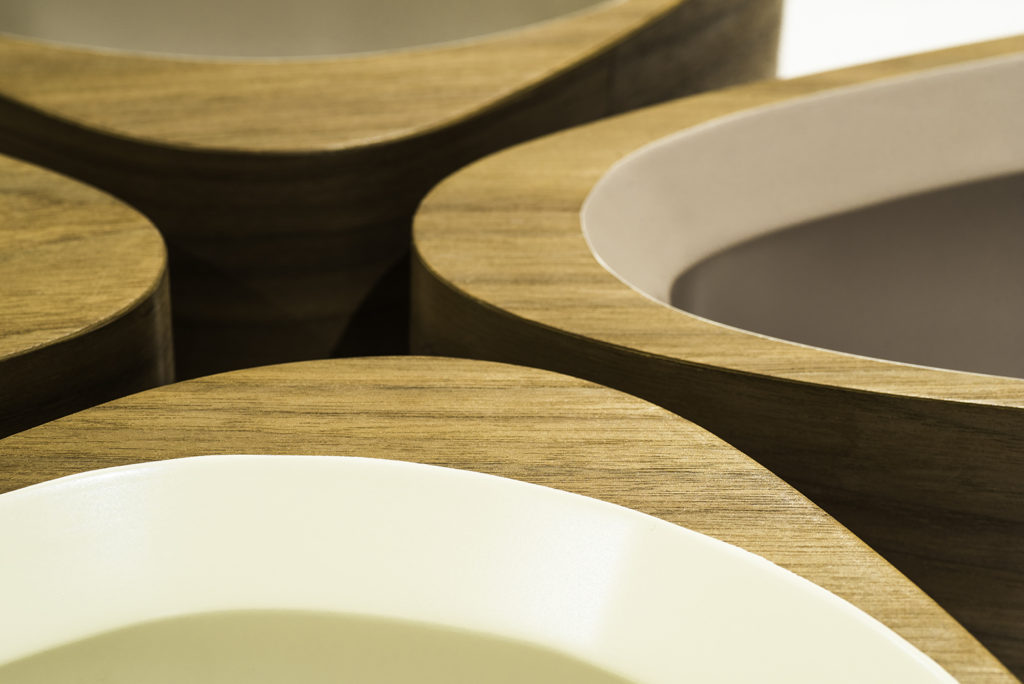
“As the investigation evolves, the process and ideas explored will find the product. The ideas and forms generated will dictate the product type. We see the design possibilities in the development work and respond to that.”
Peter and Kianoosh really enjoy this approach, where an idea is explored, dissected, and reassembled as a designed, desirable and functional object.
“As an example, The Charles Table, is based on the notion of the random arrangement and rearrangement of parts. The product form derived from observing the sculpting of rocks and pebbles on the beach and the seas action of constantly rearranging them as the tide ebbs and flows,” they explain.
Also in a more direct way, the textures and colour palette are taken directly from the beach environment. The design is intended to involve the individual in the assembly process, the arrangement of the parts to complete the product. The rearrangement of components create a change in the sculptural appearance and working height of the table.
“We like that – ideas imbedded, hidden in the final product,” they say.
The Painters Ladder on the other hand, had a completely different start point.
“As a random start point, Peter asked me to visually code my emotions over a ten-day period,” says Kianoosh.
Why, you ask? Well, why not?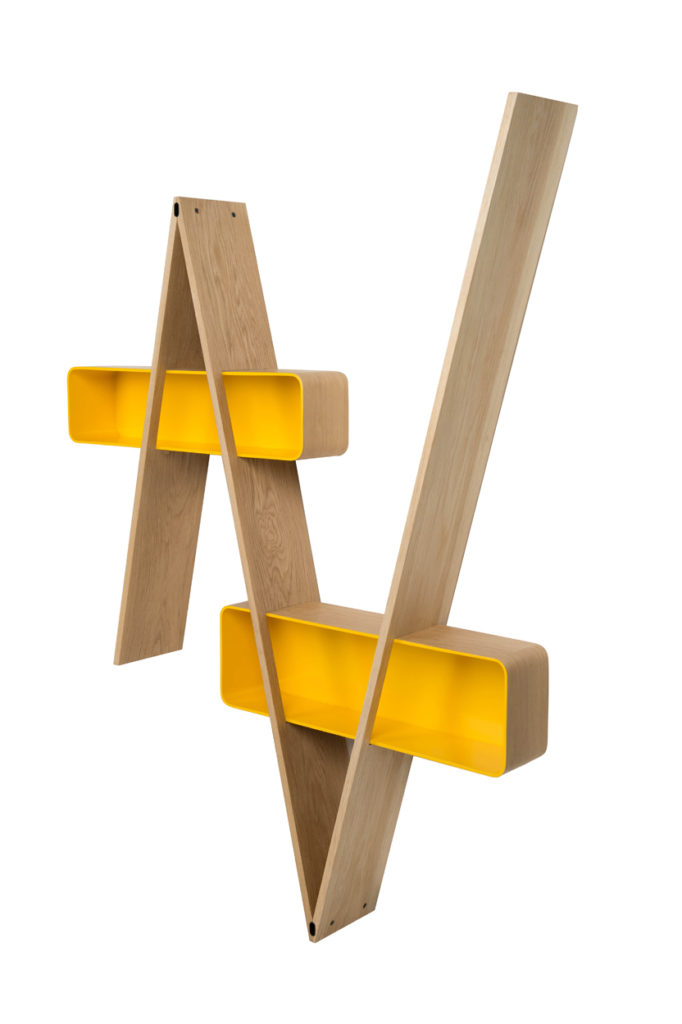 “The result was a range of visual ‘expressions’ in 2 and 3 dimensions, and using a range of materials. These in themselves we thought, were really quite beautiful. Little visual snapshots of emotion. These were then put through the process of examination, expansion, refinement and eventually a form and structure that was seen as a storage or shelving system. Then the design process; the transformation from design idea to a functional product, The Painters Ladder.”
“The result was a range of visual ‘expressions’ in 2 and 3 dimensions, and using a range of materials. These in themselves we thought, were really quite beautiful. Little visual snapshots of emotion. These were then put through the process of examination, expansion, refinement and eventually a form and structure that was seen as a storage or shelving system. Then the design process; the transformation from design idea to a functional product, The Painters Ladder.”
Despite design playing such an important role within the manufacturing process, the pair discuss the reluctance from some manufactures to accept the fact that design is part of the overall existence of a given product. “There is an awareness of the importance of design to the success of a company, but a reluctance to commit to it,” they explain.
“Designers must be patient and also be educators, and also when given the opportunity be professional. Provide good honest information. Provide a good professional service.”
Peter and Kianoosh say that this is not an Australian phenomenon. “In the Australian ‘furniture market place’ it seems to be a tossup between cheap Asian and expensive European, surely in the middle / high end is the role for well-designed, well-made Australian designed furniture as well.”
On the topic of Aussie design, we asked them for their thoughts on the future of Australian manufacturing, to which they believe that design is key.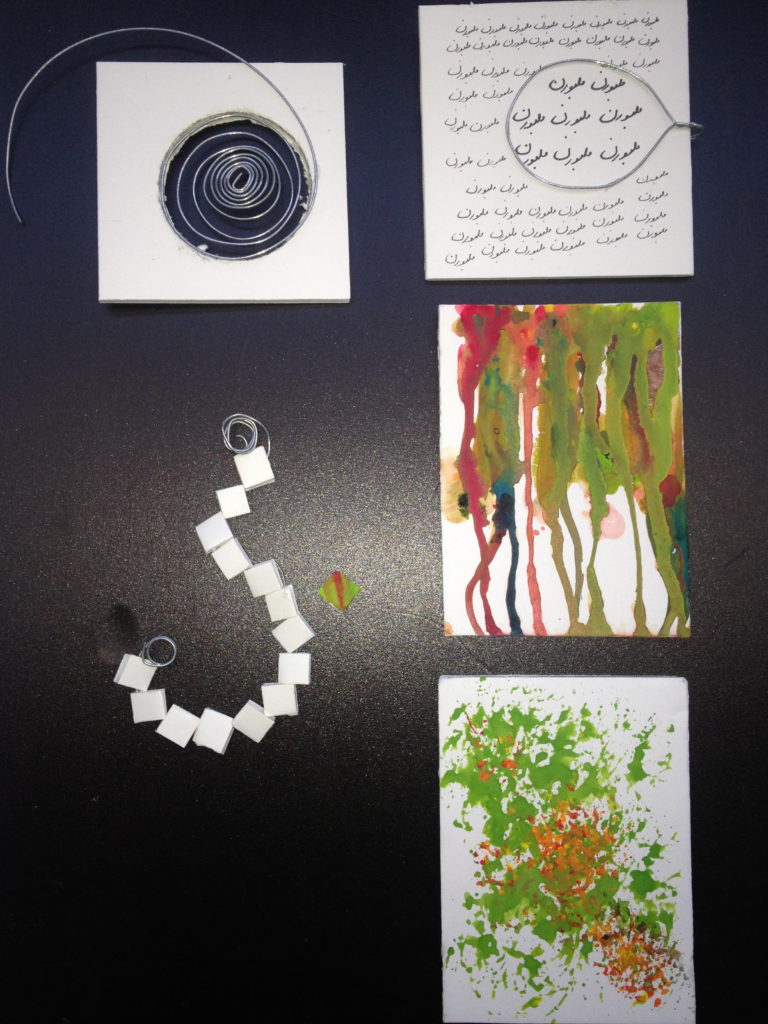
“Firstly we do see a future for the Industry. Our recent experience working in Malaysia with the furniture manufacturers there, absolutely confirmed that the Australian Industry cannot compete on price. So there has to be a clear position established based on other factors. Quality of construction, finish and materials all imbedded in good design,” they say.
“The Industry needs to engage with and employ designers. It can only be a design-led recovery or survival strategy. Design is definitely the key.”
The pair also believe that manufacturers must also resist the temptation of having components made or sourced offshore as this is the slippery slope.
“The Industry needs to build an Australian brand identity, ‘Australian Designed and Made’ and build the reputation for producing well designed, innovative, beautifully made furniture. The Industry needs a coordinated well designed marketing strategy. It needs a plan, but a rapid response and a long-term strategy, patience and also, importantly, government support.”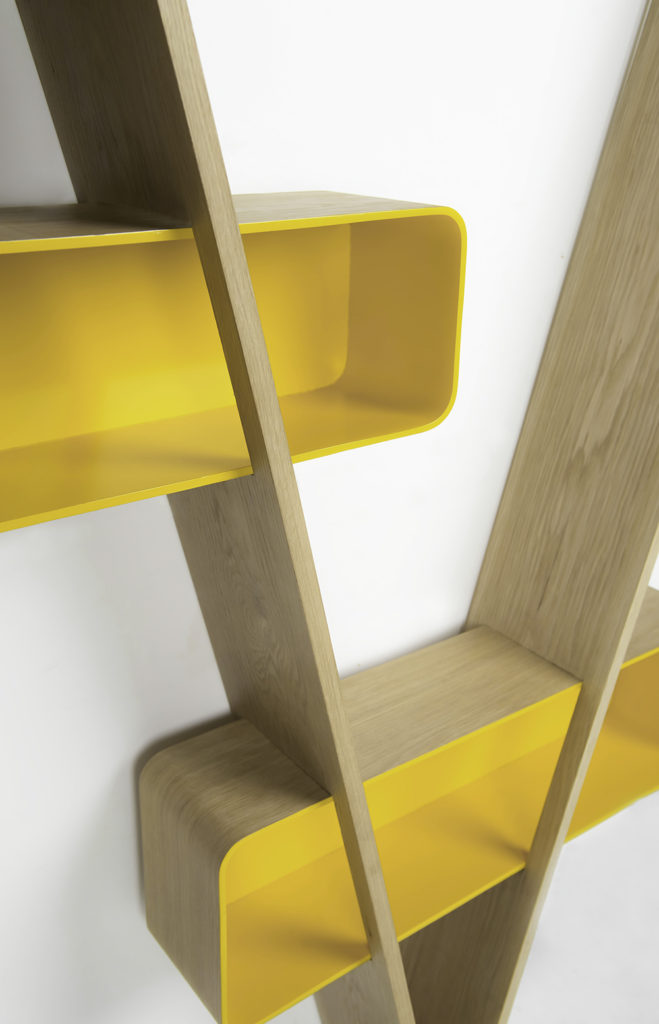
They also draw attention to the fact that the Asian based manufacturers are competing on price with each other – a price war – and they are planning for a time when price is not the base criteria for their product’s success. They are talking about design, the benefits of design, how to build design into their business plan and strategy. They are already on the ‘design’ journey.
Of course we couldn’t discuss design without touching on the trends for 2018. Kianoosh and Peter insight that clustering, mixing and matching, brass, copper, marble, geometry and minimalism are well documented as being popular design elements this year. There also appears to be a move back toward decoration.
“For Kitely Kianoosh Design we will continue to explore design as a vehicle to express and develop our ideas and design aesthetic and we will worry about trends tomorrow,” they say.
Their pair go on to explain the benefits of exhibiting their designs at fairs such as EFE.
“Firstly, we feel it’s important to show our work at major events to test our designs, to get a market response, and international industry exposure. Secondly it’s about building networks, this is really important.”
“Over the past couple of years, we have shown work in London, Shanghai and most recently Malaysian International Furniture Fair Kuala Lumpur. We are on a steep learning curve. Each time we are better prepared with stronger strategies and a clear plan. We set objectives and agree beforehand what success will look like,” says Peter.
“When we attend a show like EFE Malaysia we are show casing our design work, yes, but we are also selling our design expertise and service. We are promoting our Design Studio Practice.”
Resulting from this latest trip, several manufacturers are interested in discussing how they could collaborate with Kitely and Kianoosh and how they can work together in the future.
“This is a big first step for them, now we have to help them take the second step. Develop the contact, continue the conversation. We have expanded our network, made new contacts and are in talks with an organisation about a design related business opportunity. This is a direct result of being at the EFE show.”
Kitely Kianoosh design was set up to formalise an existing successful working relationship and is the merging of two sets of complimentary talents, knowledge and experiences. The partnership is also an interesting cultural mix, British and Iranian and also Australian influences and often there is evidence of this in the work.
“The partnership is based on a common love of design and creativity. We both love the process of design, love to take an idea, stretch it and test it and end up with the designed solution. We deal with the whole product journey; the idea, design development and prototype construction. We love the involvement in all parts of the process; art, design, craft,” they conclude.
“We are constantly seeking new design challenges, creating new opportunities. Creating the next test for ourselves! This is what we do. This is what we enjoy!”
For more information on Kitely Kianoosh Design Studio, visit their website: http://www.kianooshdesign.com/


